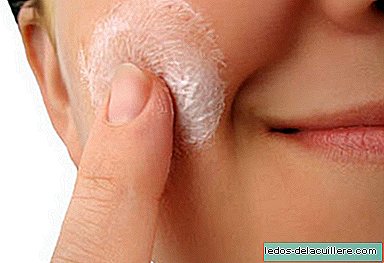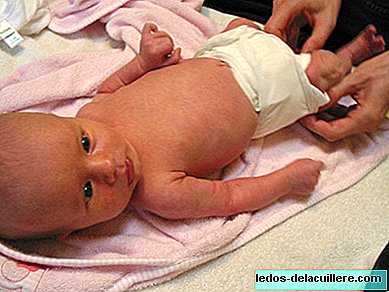
Due to the action of hormones, the skin of the pregnant woman also suffers alterations. A very frequent, especially in women of brown complexion, is the skin hyperpigmentation produced by an excess of melanin.
During the second and third month of gestation the action of the melanoestimulant hormone (MSH) reaches its highest levels, so that when exposed to sunlight, uniform brown spots may appear on the cheeks, above the upper lip, in front and nose of the pregnant woman.
This symptom is called chloasma gravidarum, melasma or also cloth or pregnancy mask, for its curious shape.
Estrogens and progesterone are the hormones responsible for the increase in melanin, a substance produced by melanocytes at the level of the epidermis, the outermost layer of the skin.
The only way to avoid excess pigmentation in these areas of the face is to avoid exposure to the sun without adequate filters throughout the year and especially during the summer. Hats, avoid the central hours of the day and a sunscreen with a high protection rate is the best prevention.
In most cases the pregnancy mask disappears after childbirth when the hormones responsible for hyperpigmentation of the skin return to their normal levels. The same happens with the coloration of the nipple areolas and the alba line, which are also cleared.
In any case, it is not recommended to use depigmenting or bleaching creams or perform any type of cosmetic treatment until after delivery.
If the spots do not disappear after giving birth and the chloasma persists, a local treatment with specific medication can be used. It is best that you consult a dermatologist which is the most recommended for you.












